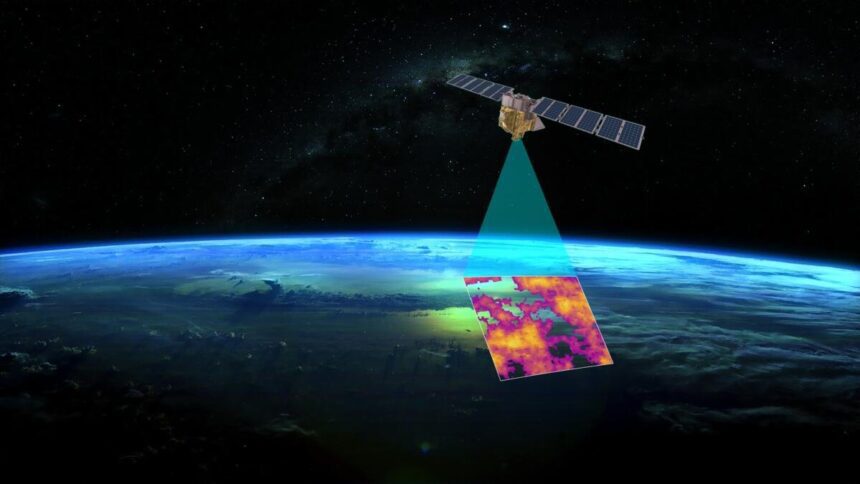The Earth is steadily warming due to the rise in greenhouse gas emissions. In 2023, the world experienced the highest temperatures on record, with the last decade being the warmest since 1850. Decreasing this warming is crucial in mitigating the risk of wildfires, droughts, and other extreme environmental events, leading to cleaner air and healthier communities. To combat this issue, we are partnering with the Environmental Defense Fund (EDF) to leverage our science and technology in reducing methane emissions, a significant short-term measure to combat global warming.
Human-generated methane contributes to approximately 30% of global warming, with a significant portion originating from the extraction of fossil fuels such as oil and gas. By utilizing Cloud computing to power methane detection algorithms and integrating AI with satellite imagery to identify oil and gas infrastructure globally, our aim is to assist EDF in quantifying and tracing methane emissions to their sources. Armed with this data, energy companies, researchers, and the public sector can take proactive steps to reduce emissions from oil and gas facilities more efficiently and swiftly.
Utilizing Satellites to Detect Methane
The upcoming launch of EDF’s MethaneSAT satellite, slated to take place in early March aboard a SpaceX Falcon 9 rocket, will enable the precise mapping, measurement, and tracking of methane emissions. Orbiting the Earth 15 times daily at an altitude exceeding 350 miles, MethaneSAT will provide an in-depth view of methane emissions, particularly in major oil and gas regions. This sophisticated satellite possesses a unique capability to monitor both large-scale, high-emitting methane sources and dispersed small sources across substantial areas. To quantify specific methane emissions and monitor them over time, EDF has developed algorithms in collaboration with Google Cloud, alongside scientists from Harvard University’s School of Engineering and Applied Science and its Center for Astrophysics, as well as scientists from the Smithsonian Astrophysical Observatory.









